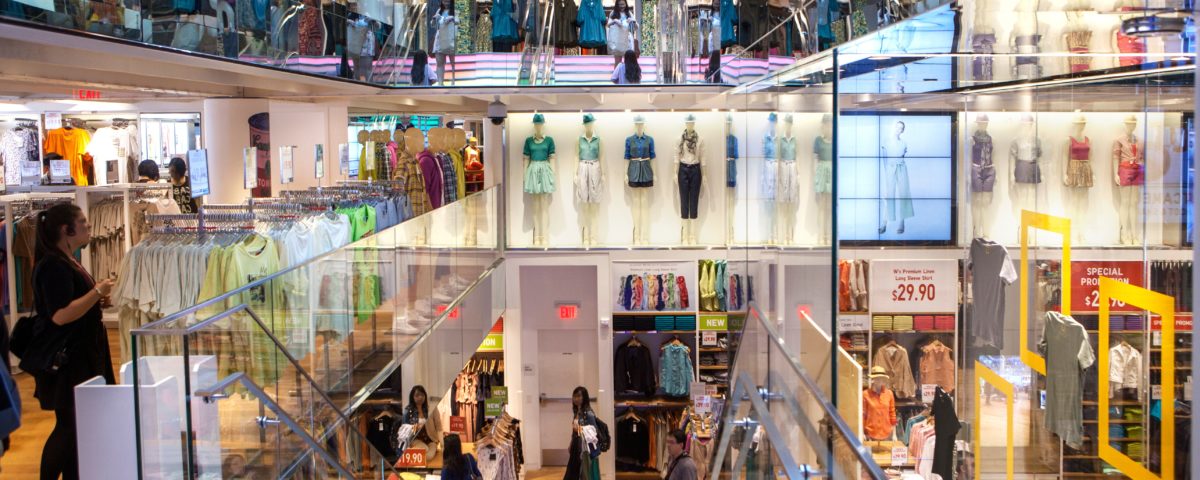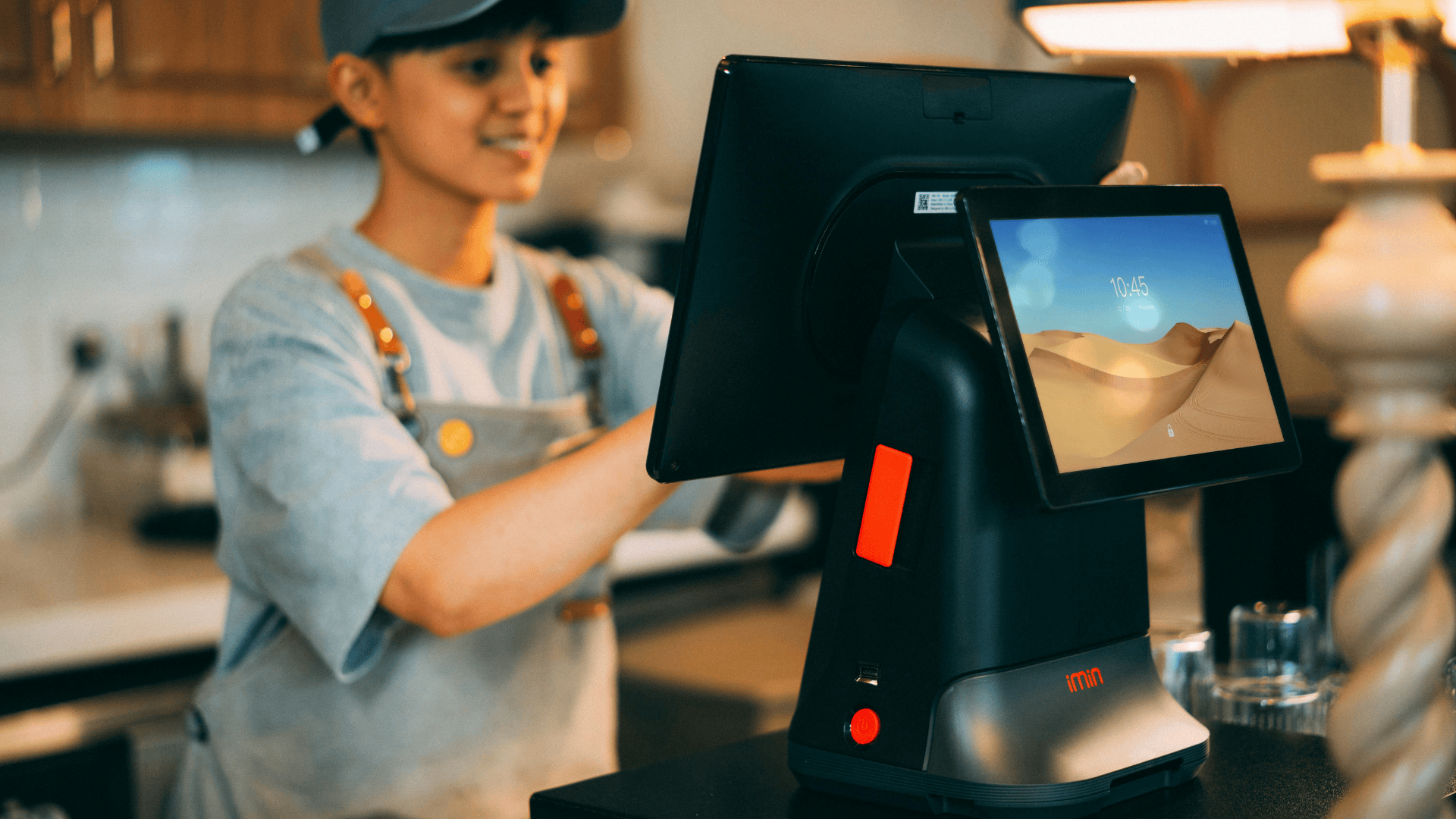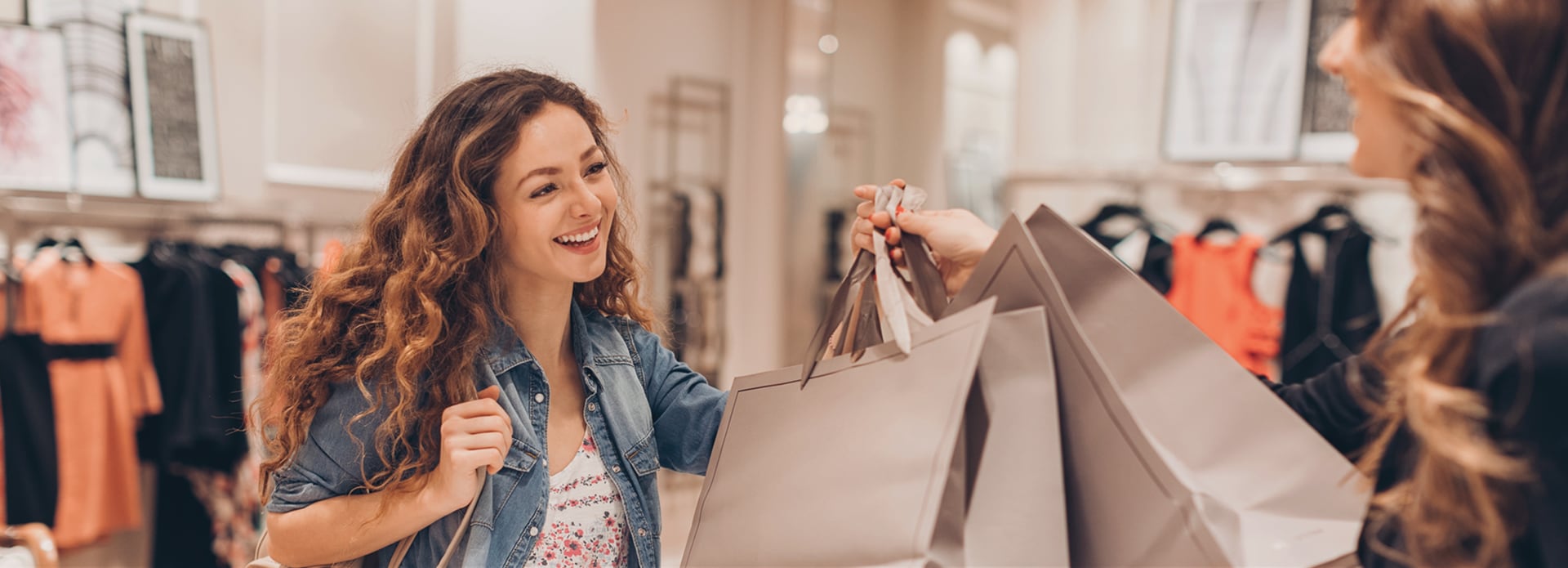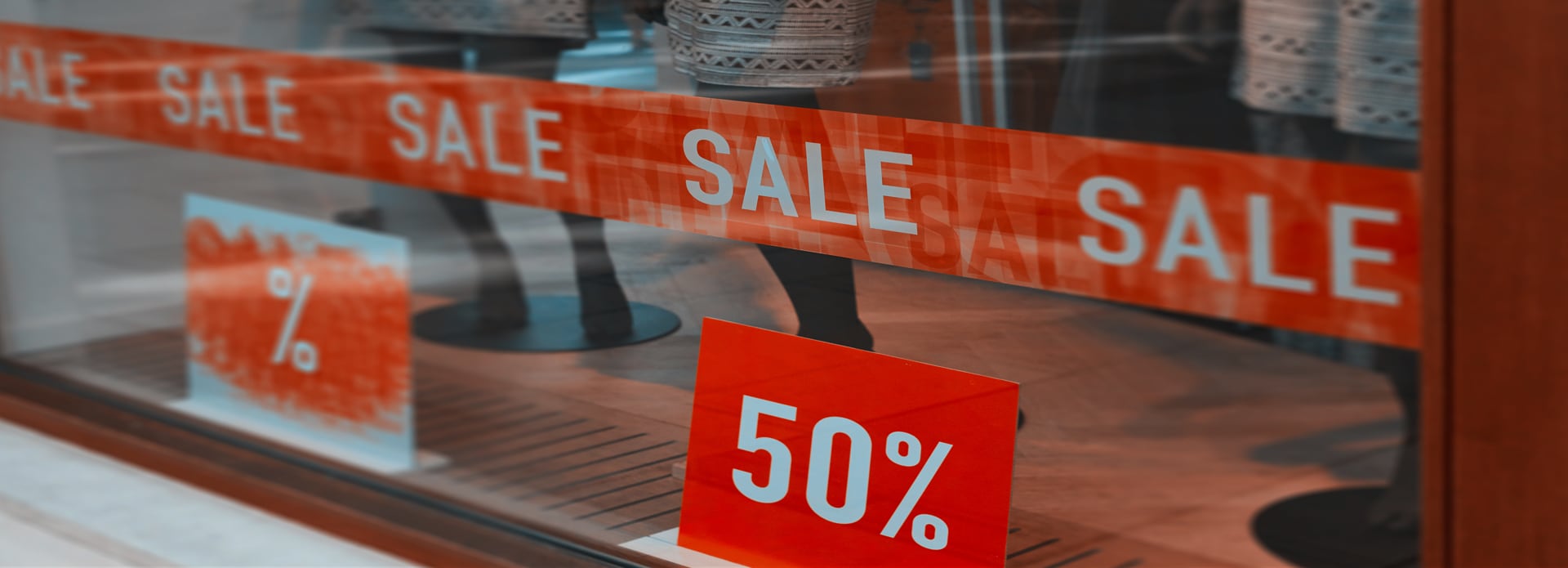Omnichannel vs. Unified Commerce: It’s All About Making the Right Decisions

The retail sector is all about omnichannel and unified commerce right now. Bolstered by the mobilization of retail, digital commerce has placed the power in the customer’s hands—and customers now dictate changes in the market. As the retail landscape becomes more and more competitive, retailers must adapt and make key decisions to survive.
Customer experience is a decisive factor
Statistics highlight that 89% of businesses are expecting to be competing with each other solely on customer experience in the near future. Subsequently, the decision to adopt either the omnichannel model or take advantage of unified commerce becomes crucial for the survival of businesses.
Defining the omnichannel model
Ken Morris, the co-founder of Boston Retail Partners, is often considered as a reference in the retail sector. His definition of the omnichannel model is that businesses offer “multiple channels” that do not converge into one piece of software, thus giving “many versions of the truth”.
Omnichannel refers to a type of retail that offers different methods of shopping, such as online, in a physical store or by phone etc, aiming at improving customer experience. Multiple channels are combined together to offer a seamless experience to clients. However, if these channels do not work together, the model is not considered as omnichannel.
Businesses adopting the omnichannel strategy have to align their messaging and goals across each channel and device.
Defining the unified commerce
Unified commerce has become the latest trend in retail. Unified commerce is a strategy whereby all business logistics are collected in a homogenous manner. The various channels pick up and send data to a central engine. In other words, the same information is to be found in a physical store as well as the web, for example. Since all data converge towards one central engine, there is no need for manual administration of information; data is shared in real-time, avoiding congestions.
Retailers, today, can no longer afford to operate various channels in silos. The unified commerce platform becomes the consolidation point for absolutely all transactions, pricing, order management, inventory, and call centers, amongst others.
The ever-changing retail landscape
Industry analysts are confident that fewer stores will close in the near future, but nothing indicates that the pace of change is slowing down, on the contrary. Some of the biggest trends affecting retail include experiential shopping, omnichannel convenience, expansion of online stores into physical locations, and industry consolidation with major mergers and acquisitions.
And while these current trends are not going away any time soon, retailers should also be early adopters of innovative techniques. They must pay attention to emerging trends such as more effective personalization strategies for the entire customer experience, voice assisted shopping, experimentation of new store formats like showrooming, and pop-ups, and the rapid rise of private labels from marketplaces like Amazon or Target.
As a retailer, you need to make the right investments to thrive and survive. Your decisions will matter in building the new retail ecosystem.
Download our whitepaper The Five Decisions that Matter in Building the New Retail Ecosystem to find out more.
Related posts
Discover what makes us different.
Book your personalized demo today and find out why leading retailers are finding success with Retail-1.
Call us at 1 888-353-5888 or fill out the form to schedule a demo with our experts.
Summary of NRF Podcast A New Kind of Customer

The evolving demands of modern consumers have made it increasingly challenging for retailers to keep up. Do you sometimes wonder how can know what consumers expect of their experience in 2018?
This question was at the centre of this 20-minute podcast, A new kind of customer: what’s driving retail evolution, with Katherine Cullen, NRF’s Director of Research and Consumer Insights.
Here is a summary of the discussion.
The customer experience is evolving
There was a time when consumers just brows And while people still go to the store, they’re not browsing anymore. Most of the time, they’ve done their research online and what they want.
Implications for retailers
In this respect, the store represents an opportunity a different experience. And it’s up to retailers to exceed consumers’ expectations.
Naturally, the first requirement is to ensure the transition between the online and in-store experience is absolutely frictionless.
The second implication is that retailers have to consider how they can transform their stores into entertainment hubs.
Rebecca Minkoff provide an interesting example. By offering smart mirrors in fitting rooms to allow shoppers to browse for other sizes or styles, the brand is leveraging technology to enhance the customer experience.
The differences between Millennials and Gen Z
In their quest to provide an unforgettable experience, brands are turning to in-store events, offering shoppers free food and drinks.
Millennials—people between the ages of 23 and 36—are particularly interested in attending special events as they typically expect brands to cater to them.
Whereas Generation Z—people under 22—really want to be part of the experience. Some brands, such as Nike, Lego or Nintendo, have been quite successful a making them part of the product creation process.
Two-day free shipping is no longer optional
Regardless of these differences, in the world of e-commerce, consumers nowadays all expect the same thing: two-day free shipping. It’s not even a differentiator anymore it’s table stakes.
Naturally, these high expectations put a lot of pressure on retailers. What’s next? Free same-day shipping? You bet! Retailers need to get ready. Meanwhile, they’re experimenting with different fulfillment options, offering consumers the possibility to pick up their order in a different store or from a locker.
The future of retail is omnichannel
Perfecting the omnichannel experience is definitely something that retailers need to consider. According to NRF’s survey, 7 10 consumers who up their online purchase said it improved their shopping experience. There is one caveat though: the end-to-end experience should be flawless. Customers have little or no tolerance for mistakes.
Putting it all together
In order to adapt to these changing requirements, retailers will need to stay nimble, but the podcast also ended on a positive note: despite accounts of bankruptcies store closures, holiday retail sales increased 5.5 percent in 2017.
What about you? Have you been observing similar shifts in terms of customer preferences? Do you consider yourself well equipped to embrace them?
Related posts
Discover what makes us different.
Book your personalized demo today and find out why leading retailers are finding success with Retail-1.
Call us at 1 888-353-5888 or fill out the form to schedule a demo with our experts.
Don’t Let Returns Drag Down Profits

There was a time when customers would only return products if they were defective, but today with the “try before you buy” trend, returns are the norm, not the exception. And indeed, why bother going to the mall when you can order 10 pairs of shoes, try them in the comfort of your home, and only keep the ones you like?
Unfortunately, for most retailers, these new shopping trends mean only one thing: an eroding profit margin. So how can you offer the hassle-free returns customers expect while reducing the costs associated with returns and still keep customers coming back?
The solution is a three-step process that leverages the latest technologies.
1. Mitigate the chance of returns
If you really want to mitigate the chance of returns, you have to understand what triggers returns. Is it poor product quality? Or are customers not getting the chance to experience how the product works?
One of the problems online retailers often encounter is the inability to recreate the in-store “touch and feel” experience. Imagine if your customers could see what this coveted new fridge would look like in their own kitchen right way? With augmented reality (AR) this is now a possibility. All they have to do is snap a picture of their kitchen with their smartphone or tablet and they’ll be able to see how the refrigerator fits in.
Similarly, retailers are using virtual reality (VR) to enhance the in-store experience. For example, The North Face is using VR to take customers on an immersive virtual tour of Yosemite National Park and the Moab desert in Utah, thus enticing customers to experience the great outdoors.
AR and VR work particularly well for complex products like electronics or expensive and bulky items like appliances because they help customers better visualize and understand how these products work. But the trend is spreading to the other sectors, as a growing number of companies count on the fact that the more customers experiment with products, the less likely they are to return them.
2. Reduce the cost of returns
Sometimes, however, returns are unavoidable. When that is the case, retailers need to evaluate their options to reduce the cost of returns.
One strategy that works particularly well is offering in-store returns to online shoppers. To make it work, retailers need to facilitate omnichannel returns by helping customers locate nearby stores and letting them know which ones have other sizes or colours.
This contributes to a seamless return experience, and retailers benefit as well, because when customers make in-store returns, they often make additional purchases.
3. Make better decisions
For many retailers, the best way to keep the cost or returned inventory under control is to optimize the efficiency of the reverse logistics process. That’s where the combination of big data and predictive analytics can help.
The idea of collecting and analyzing data to make better decisions is not new. For years retailers have been monitoring point-of-sales data and inventory levels in an attempt to improve performance. But now this data can be supplemented by big data, meaning retailers have access to new sources of information to make better forecasts and implement supply chain strategies at the store level.
To understand how this might work, take the example of the weather. When retailers know ahead of time that specific regions are likely to experience an unusually warm fall or cold winter, they can decide which stores should restock on certain items and which should run promotions to move inventory faster, or better yet, how to move inventory from one store to another. Big data and analytics can also help spot merchandising trends to determine which items are most likely to be returned, the value of inventory in transit, etc.
It does not happen overnight, but this approach is already paying off for some retailers who are using this capability as a cornerstone of their strategy. That’s how Rent the Runway is able to send out 60% of returned dresses the same day they arrive at the warehouse.
Bonus tip: think about customer lifetime value
But if customers are now seeing returns differently—a new way of shopping vs. an expression of dissatisfaction—maybe it’s also time for retailers to change their perception from problem to opportunity.
After all, the retail landscape keeps changing. One study indicates that nearly 90 percent of customers will shop again where they had a positive return experience. And those who have good return experiences spend significantly more on return trips than other customers.
In this view, returns are not necessarily a bad thing, but rather an investment to build loyalty and increase long-term profitability.
[i] Dua, T. (2015). The North Face Brings Virtual Reality to Retail. [online] Available at https://digiday.com/marketing/north-face-brings-virtual-reality-retail/
(Accessed May 11, 2018)
[ii] Moore, T. (2016). Reverse Logistics: The Biggest Retail Problem Technology Has Yet to Solve [online]
Available at http://multichannelmerchant.com/blog/reverse-logistics-biggest-retail-problem-technology-yet-solve/
(Accessed May 11, 2018)
[iii] Rivero, P. and Zhu, Z. (2016). Online Clothes Shopping: An Industry
Study Focusing on Returns [online] Available at http://scet.berkeley.edu/wp-content/uploads/zhuzihan_late_4894259_68726594_IEOR-290-final-report-1.pdf
(Accessed May 11, 2018)
Discover what makes us different.
Book your personalized demo today and find out why leading retailers are finding success with Retail-1.
Call us at 1 888-353-5888 or fill out the form to schedule a demo with our experts.






